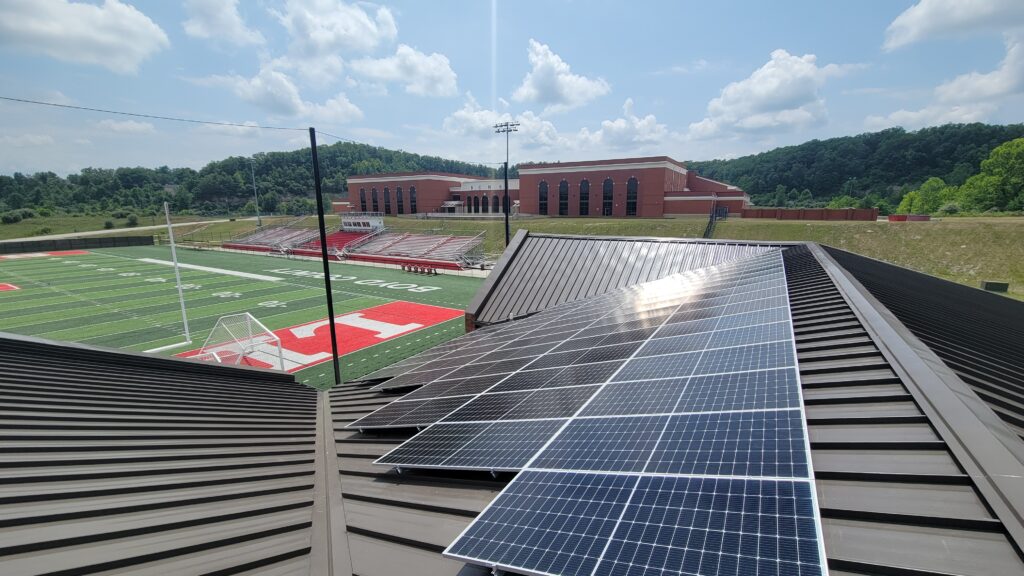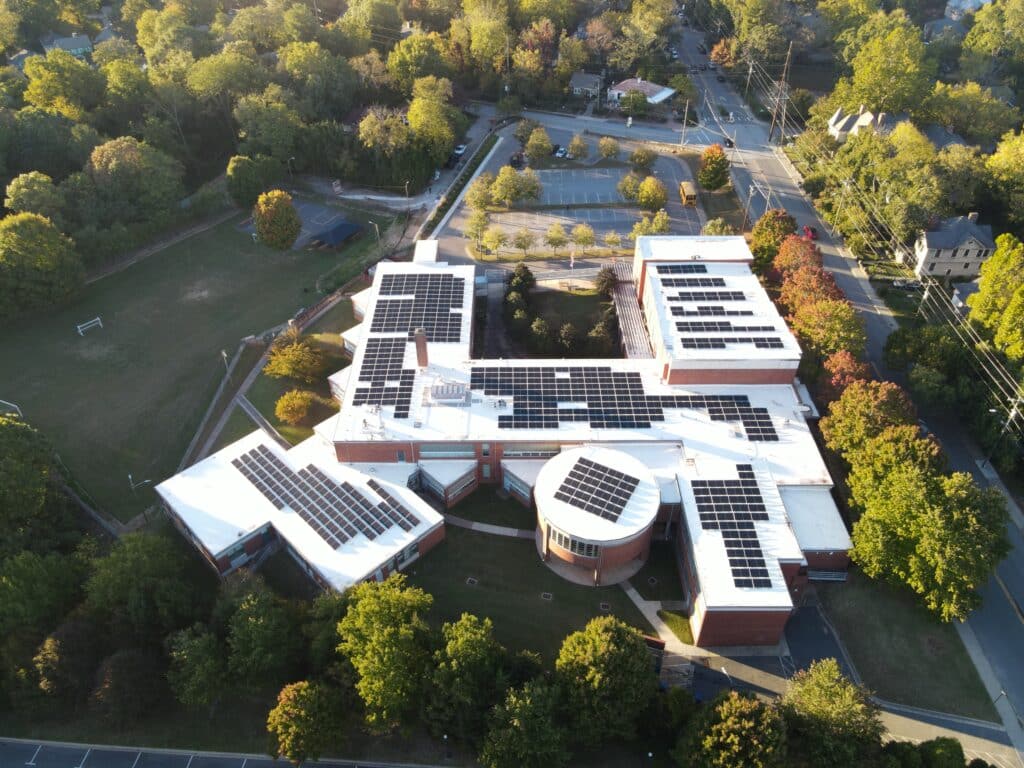At Generation180, we’re working to inspire and equip individuals to get involved in the energy transition. It’s complex and it’s big. So to provide a better sense of where we’re headed, we’re providing a deeper dive into what’s happening with this transition—where are we right now, how far we’ve come, and, most importantly, where we need to go.
As part of our online Boot Camp project, we recently spoke with Katherine Hamilton, an energy expert with over 30 years of industry experience. Katherine has worked with the National Renewable Energy Laboratory and is currently the chair of 38 North Solutions and former co-chair of a World Economic Forum council on advanced energy technology. Here what’s on Katherine’s mind and what she sees as the role of “everyday energy leaders.”
*****
Gen180: It’s been a crazy time in the clean energy industry. If we look at solar power, it took the U.S. four decades to get to the first 1 million installations, then just a couple of years to get to the second million—a milestone we just achieved. What do you see as the most influential factor behind that growth? And how fast do we need to keep moving?
KH: Yes, things are moving incredibly quickly now, which is great—but we need to move even faster. By 2030, we really have to be well on the way to a transition. That’s because the IPCC [Intergovernmental Panel on Climate Change] report that recently came out basically said that by 2030, if we’re not on our way, then we’re going to have some catastrophic impacts. And in fact, we’re already seeing those, not just in this country but throughout the world. And while we may be doing great with solar right now, there are whole other parts of the energy sector and other areas of our economy that haven’t been abated yet, and we have to work on those also.
Gen180: What enabled us to move so much faster for that second million in solar? Was it public momentum, technology, or a specific policy? If you could pick one thing, what would it be?
KH: I think the biggest piece was a policy piece, which was the investment tax credit for solar. It brought private equity to the table, and it helped to scale solar—it drove down the cost and increased the scale, which was the key. Research and development also has been huge, and we have to continue that. We have to eke every single bit of efficiency we can out of every solar panel, and we have to cut down on soft costs—so we have lots still left to do. We also need to move forward on the integration of solar and other renewable energy technologies. But I think the tax credits really made this real and helped expand it at a much faster rate than it would have been.
Gen180: A lot of people will say, “Well, clean energy’s not quite there yet. It’s not ready to be implemented at scale.” What’s the response to that? Do we still need key technological advances in order to hit our goals? Can we get there with what we have today?
KH: It’s interesting, because I’m co-chair of a panel at the World Economic Forum—the Advanced Energy Technology Council—and we met for the first time last fall. We had a series of presentations on technology, talking about what’s out there in energy that’s new and different. And by the end of several hours of discussion, we said, “Look, we already have what we need. If we can just speed up what we’re already doing, then by the time we get to 2030, all those new technologies will then be viable.”
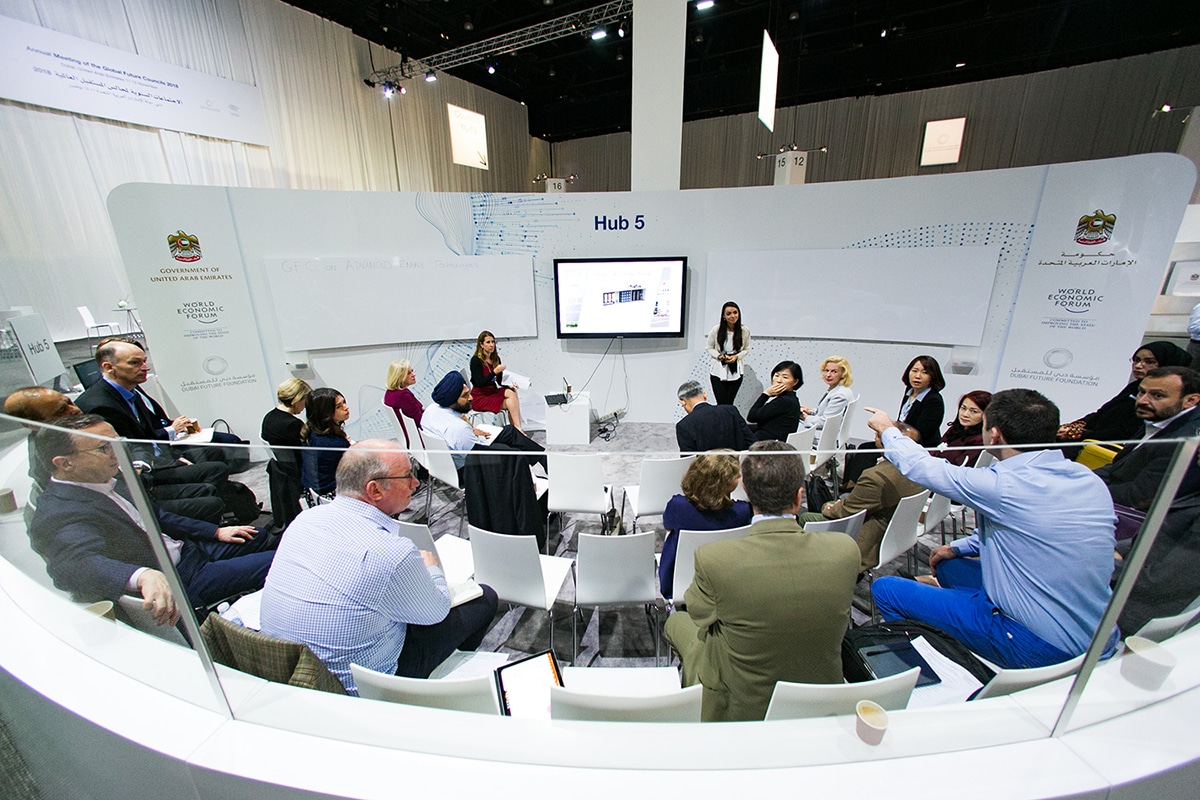
So right now, we just need to speed up what we can already do. We know how to do it, and we need to make sure the policies are in place to assist on that front. We know we need to set goals, and then put policies in place that help us get to those goals, and that those goals have to be really aspirational, to try to point us in a direction that’s going to be viable by 2030.
I always say, “Let’s not quibble with whether we are aiming for 80% or 100% renewables by the time we need to. Let’s worry about that when we get to 80%.” Because by then, we’ll get to the extra 20%. I think it’s totally doable if we can point ourselves in that direction.
Gen180: With that in mind, what are some parts of the transition that we’re not talking about? Are there types of energy that we haven’t given enough attention to that we need to bring to center focus?
KH: There are two sides to the coin. One is that we can’t take our eye off what we can already do well. We’re really good at tax policy, we’re pretty good at net metering, we’ve installed a lot of projects through PURPA [the Public Utility Regulatory Policies Act], and we’ve done state renewable portfolio standards very successfully. These are things that we know how to do. So we either have to continue to do those and expand them, or we need to figure out other policies that would be smarter and more inclusive.
The other side of the coin is what we’re not doing much on. For example, we haven’t really developed a lot of policy around the integration of different demand- and supply-side resources so they all work together. We have to look at sectors like aviation, shipping, agriculture, and industry. On the power sector side, we generally know what we need to do, and the trends all point toward electrification and electric vehicles. But there are whole other industry sectors that we also have to pay attention to.
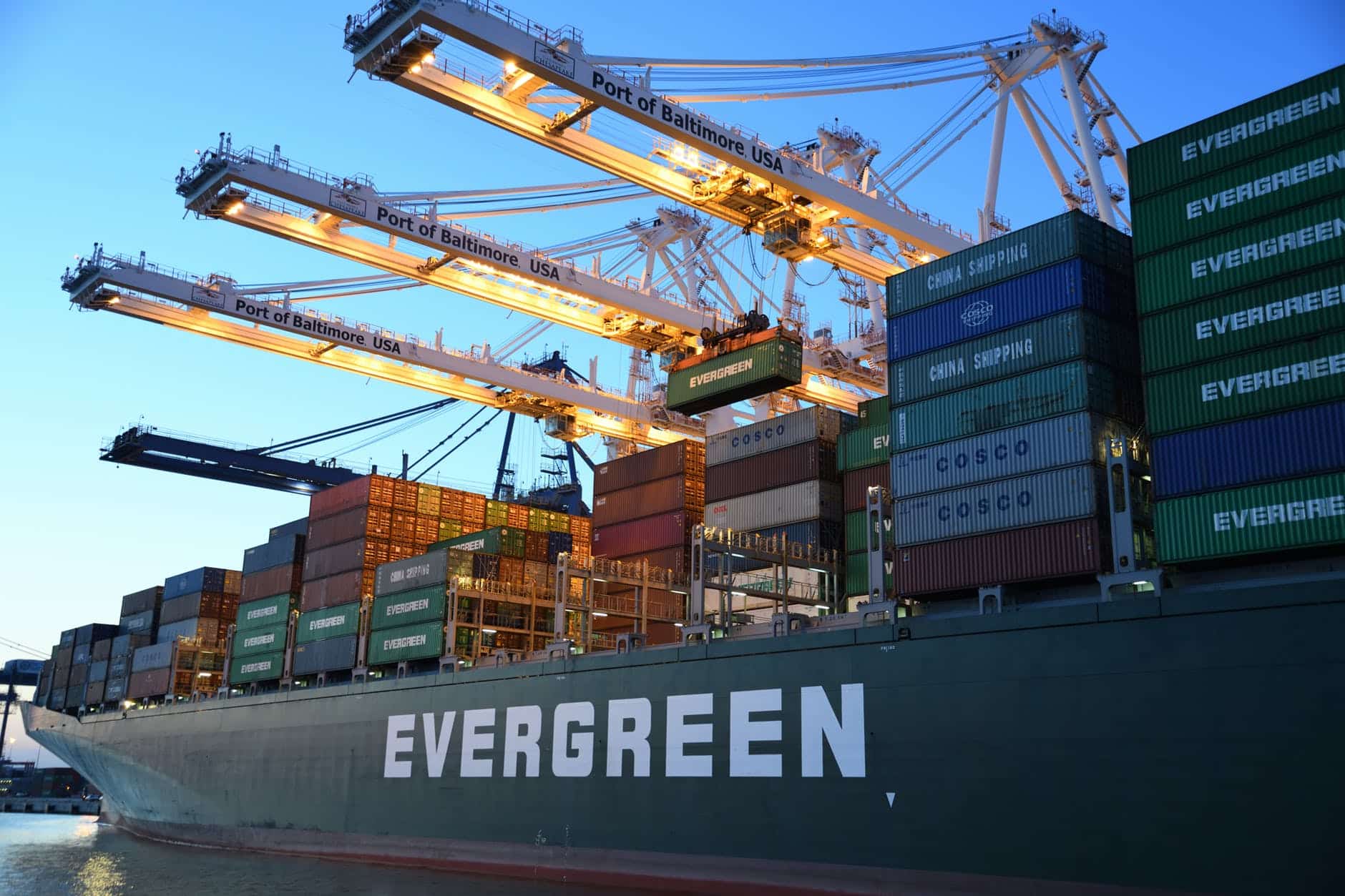
Gen180: So if the technology is in hand, and if policy is supporting increased deployment of renewables, and it looks like market forces are really in our favor—then it sounds like we’re going to get to a zero-carbon grid, whether it’s in 5 years or 50 years. But there are a lot of steps between now and then. What can we start thinking about now to best prepare ourselves for a clean energy power grid?
KH: Well, the reality is that we’re not going to get there without a lot of effort. We need to put policies in place or continue policies that we know are going to work. We need a federal marker. It’s great that states and cities and counties are doing things, but having a federal marker is so important for certainty. Corporations are doing a great job, too, and they’re pushing on state policy. But again, federal leadership is so important, both from the standpoint of having some sort of national market, but also in terms of leadership globally. The U.S. is the hub of innovation, and we want be able to continue to export that innovation.
So some of the things we have to think about are, how do we create markets? How do we really look honestly at what we’re doing right now to incentivize fossil fuels? What are all of those subsidies that we have out there that are hidden?
Federal leadership is so important, both from the standpoint of having some sort of national market, but also in terms of leadership globally.
Gen180: Can you talk more about hidden subsidies?
KH: We need to really take an honest look at what is out there that we are incentivizing as a nation and try to adjust this to what we want to be incentivizing. We need to think about the workers on whose shoulders our entire economy has been built. We need to think about all of those folks in areas that have been supporting coal, communities that were entirely built around mines. In Appalachia and other parts of the country, these workers are finding themselves in a place where the transition is happening without them. We need to bring them along and figure out, how do we allow everybody to benefit? This is not something that happens on its own. It’s not something that happens just by having capitalism working. These are things you have to be very intentional about.
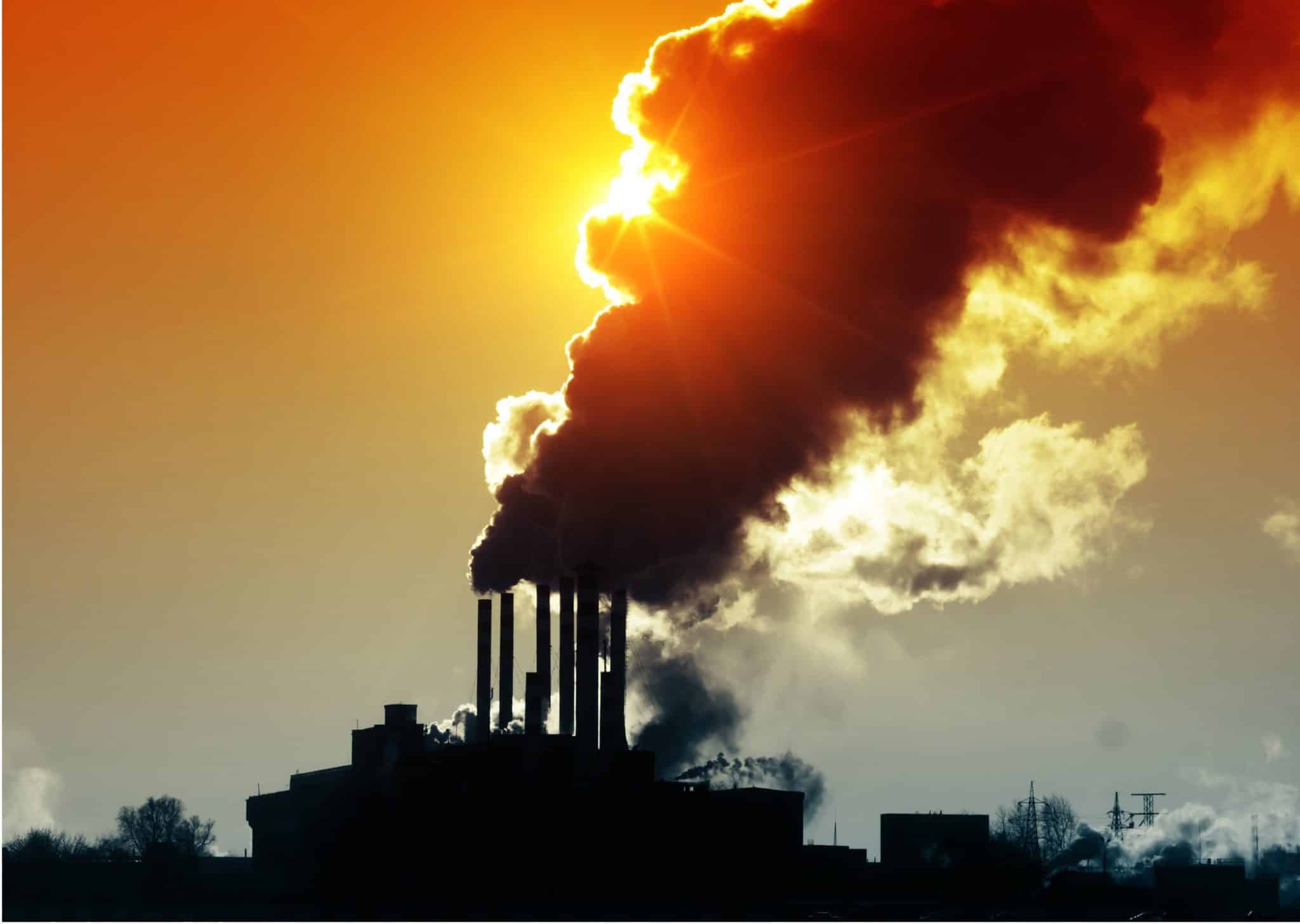
Gen180: You’re talking about a just transition.
KH: Exactly. We have to be very intentional about diversity, and equity, and justice as we move forward, because those will not happen on their own. Also, research and development isn’t going to happen on its own. We’re not necessarily talking about government control, but you do need government to intervene at points where the capitalist structure doesn’t work. For example, to support or to bring in partnerships. Public-private partnerships are critical to making this happen, to make sure that we’re all aligned on what we want to do so that you bring private investment, and that you also have signals from the government that are supporting that. We all have to work together.
Gen180: So you’re saying we really need that balance, with the private sector taking action and the government refereeing. There’s lots of discussion right now about things like the Green New Deal and infrastructure, so we need to have both players come to the table and think things through methodically.
KH: Yes, we did that with the stimulus bill, the Recovery Act, back when President Obama came in and the economy was crashing. We put a ton of money into all kinds of technologies, a lot of which was required to be cost shared. So we brought the private sector to the table, and we brought down the cost with government assistance. I think we could do that again. We’d have to do it in a really big way to make any difference on climate. But I think we can do it in a similar construct that we did with the stimulus bill.
Gen180: This brings up is just how complicated all of this is. Here at Generation180, when we’re engaging with our audience—everyday people—we try to recognize that the energy transition, and energy in general, can be daunting. So we try to make it as simple as possible. What do you see as the biggest knowledge gaps around energy and the energy transition that need to be addressed?
KH: We have to meet people where they are—to make sure we’re giving them what they need and want, and in the language that they speak. I like to think of it as not bi-partisan but non-partisan. This is about your daily life, it’s about what you spend your money on, it’s about your lifestyle, it’s about everything you do and live. For example, most people have smartphones—hey, you can control things on smartphones. It doesn’t mean you have to think about it as a kilowatt-hour, but you can think about it as managing the cost of everything you do in your daily life.
I like to think of it as not bi-partisan but non-partisan. This is about your daily life, it’s about what you spend your money on, it’s about your lifestyle, it’s about everything you do and live.
But there’s a huge piece that we also need to pay attention to, which is that a lot of people in this country don’t have access to the Internet. A lot of people have cellular coverage, but they may not have broadband Internet access. And if you don’t have broadband, it’s really difficult to get other things done. For the energy transition to work, we have to make sure we cover our entire country, and that people are able to access it through very low-cost means. You can’t manage what’s going on, or have any part of the solar future, without broadband.
But we also need to make sure that the transition speaks to you as a person so that it becomes important to you. And whether that’s from the cost standpoint, or from an environmental standpoint, or whether it’s just from logistics—like, I have to manage my lifestyle—or whether it’s something else, you have to have some other driver to support this shift. We have to meet people where they are.
Gen180: What do you see as the most harmful myths about clean energy that we need to dispel, from an education and awareness perspective?
KH: A big myth is that one person can’t do anything to solve it. The reality is, everybody has a part to play. Another myth is that clean energy gets all these subsidies and that it’s not a level playing field. Well, in this case it’s actually the other direction that’s not a level playing field, with fossil fuels getting most of the subsidies.
Another myth is that these technologies are not ready—that this is somehow new and different and we can’t do it. Well, solar and storage combined are already cheaper than building a natural gas peaker plant. Solar and storage are supplanting peaker plants right now all over the country. The technologies are ready and they’re being deployed. So those are some of the myths that we have to get around.
A big myth is that one person can’t do anything to solve it. The reality is, everybody has a part to play.
Gen180: We also have to address these myths in a way where we don’t attack someone’s sense of identity and push folks farther to the other side. Rather, we need to come to people where they are and have a conversation that pulls them away from those misconceptions.
KH: Yes—and another huge misconception is that this is going to just cost so much. You look at the climate plans that some of the presidential candidates have put out, and they’re in the trillion-dollar range. Yes, that’s a lot of money. But then you have to look at what else we spend money on. What did we spend on this tax cut? How much is spent on our defense system every day? And then you have to consider how much money we’re going to be on the hook for if we do nothing.
The cost of inaction is so much greater than the cost of action, and the cost of action has so many ancillary benefits in terms of jobs, economic benefits, environmental benefits, justice benefits. So the cost of inaction, to me, far exceeds the cost of action. So when someone throws at me, “This is too expensive,” I just say, “It’s more expensive to not do something.”
The cost of inaction is so much greater than the cost of action, and the cost of action has so many ancillary benefits…
Gen180: At Generation180, we’re working hard to dispel those myths. And our everyday energy leaders—the people who are engaging with us in our campaigns and our programs—are also passionate about this. So I hope we’re going to put those myths to rest one way or another.
KH: That’s great. And if you have really good information, show people the facts. Say, “Here are the facts, here are the studies, this is what’s really out there.” Just provide unbiased, really good information that meets people where they are. Give them enough information to understand what the facts of the case are, and then how they can participate.
And when you can, wrap that up in a story that connects with them personally. Case studies are huge. Tell somebody a story of this is how clean energy or some kind of a transition worked for me in my community. That will make a big difference in helping us get where we need to be faster.
*****
Want to dig deeper on the energy transition and content like this? Subscribe to Boot Camp—an online resource that equips you with the knowledge, motivation, and skills you need to effectively make change happen in your community and beyond.













